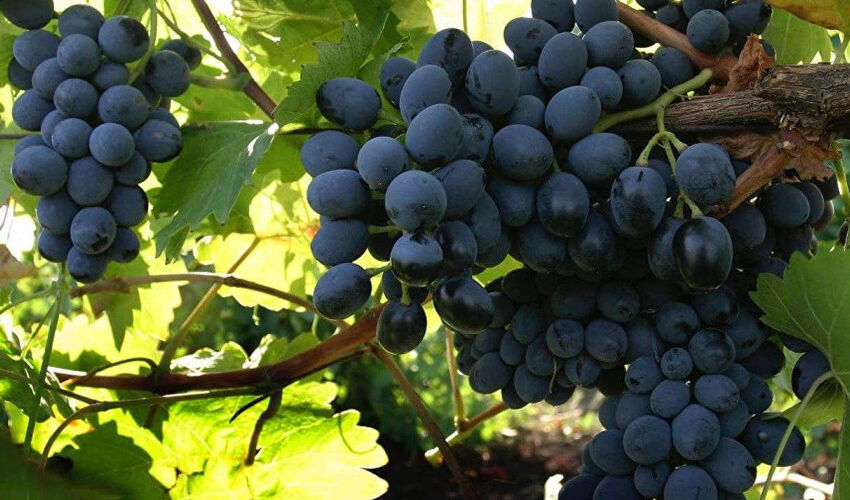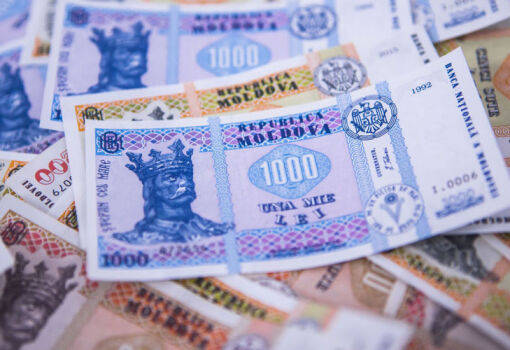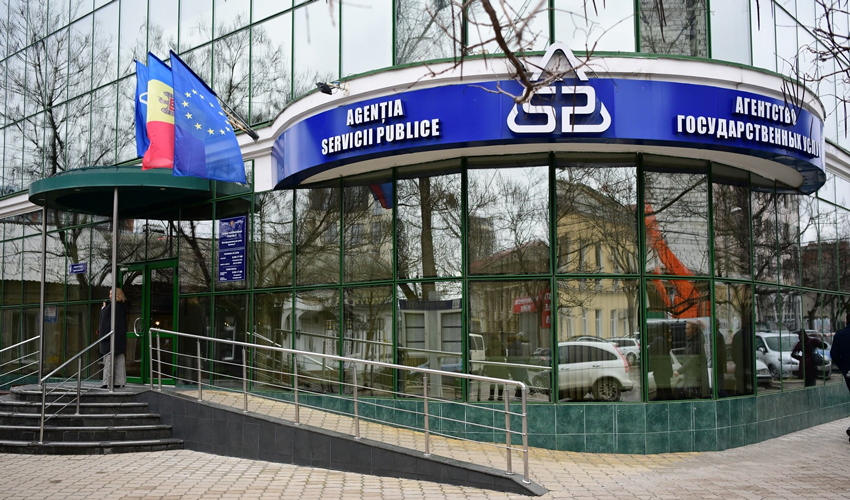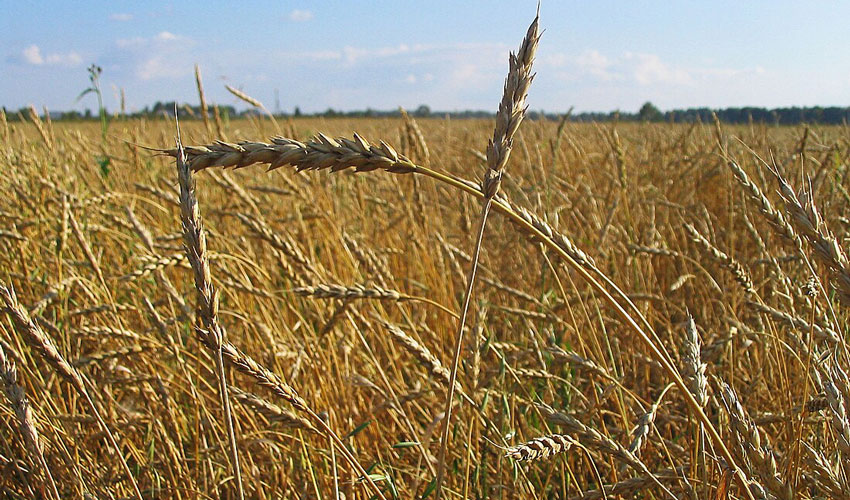
At first glance, the situation with prices for grapes of the main export variety “Moldova” looks good. Thus, according to EastFruit price monitoring data, in October this year the average wholesale price for the main table grapes of the autumn-winter period stabilized in the corridor of 13-15 lei/kg. That is, this product was much cheaper than in October last year (18-21 lei/kg), but still more expensive than in other years of the passing five-year period (8-11 lei/kg).
However, according to market operators, the main number of purchase and sale transactions of “Moldavia” in October 2025 was concluded at the price of 12-14 lei/kg, i.e. below the average level. At the same time, purchases of high-quality “Moldova” grapes at the established maximum price (15-16 lei/kg) were not numerous, as there were relatively few offers of such goods. However, according to Serghei Tutovan, chairman of the Association of table grapes from the Cahul region, in some districts from one third to half of table grapes were sent to wineries in the fall. Moreover, at the beginning of the current season the price for “Moldavia” for processing reached 3.6-3.8 lei/kg and even then it seemed low compared to the purchase prices of the last two years (5-7 lei/kg). And now, at the end of the harvesting campaign, the “demand price” for table grapes by winemakers is at best 2.8 lei/kg.
The main reason for this state of affairs has already been repeatedly voiced – prolonged autumn precipitation and, as a consequence, “cracking”, cracking of grape berries. Moreover, this year the process took place in two stages. The first occurred in early September, when the first light precipitation fell, but the air temperature dropped significantly. Then, as agronomists note, table grapes gave a strong, but one-time reaction to weather stress – berries cracked one or two days, then the process stopped. The second wave of cracking covered the vineyards of Moldova in mid-October – as a consequence of prolonged precipitation, high atmospheric and (in some cases) soil moisture. Unfortunately, in this case the cracking process lasted for a long time and affected a significant part of the harvest, which did not reach the “fresh market”.
However, if the main reason for the problems of winegrowers is obvious, the “implicit and secondary” prerequisites for the development of the situation according to the bad scenario, according to experts, were much more. They could have been avoided to a large extent.
First, under the impression of the successes of EU viticulture, especially in Italy, where the yield of table grapes can reach 60 tons/ha, Moldovan winegrowers wanted to repeat this “trick” with “Moldova” grapes. That is, in those years, when the weather conditions in winter-spring were favorable, few people worked on rationing (reducing) the load on grape bushes for the sake of improving the quality of the harvest. As a result, the yield of “Moldavia”, especially in “pergola” type plantations, increased from the recommended norm of 20-23 t/ha to 25-30 t/ha (last year’s record – 51 t/ha). However, at the same time, the maturation of high yields, in particular – sugar accumulation, is usually slower.
Meanwhile, due to climate transformation, the technical ripeness of table grapes of autumn varieties could be reached as early as the first half of September, provided that the bushes are normally loaded with harvest. Whereas overloaded vineyards give mature grapes only in late September – first half of October. And during this period, judging by the experience of the last few years, in Moldova precipitation falls, which leads to a decrease in the quality of table grapes.
Secondly, in order to minimize physical losses of harvest from cracking of grape berries, agricultural producers are forced to “throw” on the market a large amount of low-quality products at a time. Due to excess supply and high risks (claims due to substandard goods) traders sharply reduce prices. By the way, some of them claim that in October this year the Romanian market was oversaturated with Moldovan grapes, alas, of unstable quality.
In turn, Moldovan winegrowers tried to reduce costs (for careful harvesting and sorting) and sold table grapes for processing, even if at a low price. Not all of them, as a result, managed to remain in the profitability zone throughout the harvesting campaign.
At the beginning of November, the median price for “Moldova” grapes did not change compared to its October level – 14 lei/kg. However, according to market players’ observations, most of the production is already coming to the market from fruit storages. That is, minus the costs of processing and storage of products, that its purchase price for the farmer drops to 7-8 lei/kg.
Some experts note that, unlike apples and some other fruits and vegetables, grapes are not subject to the process of post-ripening (artificial ripening during storage). Therefore, there’s no point in hoping for a “premium for improved quality.”













